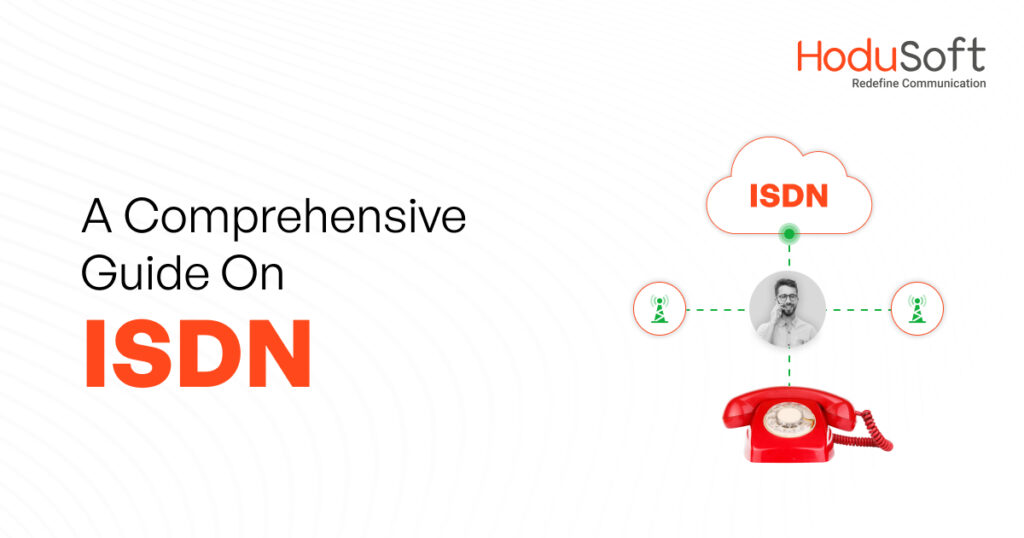The Rise of Virtual Banking: Contact Center Software as the Backbone of Remote Financial Services
Over the past few years, the state of virtual banking has evolved greatly with financial institutions utilizing digital technologies to provide innovative and expedient banking services. It offers several benefits like lower fees and higher rates of return due to reduced operational costs associated with physical infrastructure. According to a report, about 61% of consumers indicate their likelihood of switching to digital banking.
The modern banking industry does not rely completely on physical branches. There has been a rise in the demand for self-service options, catering to customer preferences. Contact centers have been instrumental in offering personalized services without the need for customers to visit the branch. Besides, various digital channels serve as crucial tools in enabling efficient and high-quality contact center experiences.
Consumer inclination toward digital banking is causing significant changes in banking operations. If trends are to be believed, digital banking users in the United States are projected to grow year-over-year to nearly 217 million by 2025. That number was 197 million in March 2021.
In this blog, we will delve into the importance of virtual banking and the role of Contact Center Software in streamlining remote financial services. Here are some of the key highlights of the topics covered in this blog:
An Insight into Virtual Banking
Virtual banking also known as remote banking, digital banking, Internet banking, online banking, and phone banking provides more flexibility, transparency, and advanced financial capabilities.
Unlike traditional banks that generally require customers to visit physically to a branch to access their account, virtual banking operates without physical locations, allowing customers to make account inquiries, get loans, pay bills, and even withdraw and deposit money digitally.
Traditional Banking Vs. Digital Banking
Traditional Banking | Digital Banking | |
Definition | A traditional bank branch is a physical location where customers conduct financial transactions. | Digital banking uses electronic channels and platforms to manage banking services and conduct financial transactions without the need to be physically present. |
Access | To access any service or information, the customer usually interacts with a bank representative in person at a physical branch. | Customers can access services 24/7 from anywhere with an internet connection via different channels such as websites, mobile apps, and other digital channels. |
Services | It offers services like account management, deposits, loans, and financial advice through face-to-face interactions. | It offers a similar suite of services. However, transactions are carried out digitally, often with added features like digital payments, real-time updates, automated processes, etc. |
Costs | Operational costs may be higher due to maintaining physical branches and staff. | Digital banking tends to have lower operational costs. |
Communication | Traditional banks generally rely on in-person communication for account management, issue resolution, and consultation. | Since digital banking primarily relies on online communication, customers can reach the support agents via different channels such as phone, chat, email, and others. |
Convenience | Traditional banks have limited working hours and geographical location, which may be inconvenient for customers. | Digital banking offers 24/7 service, allowing customers to access the required service at their convenience. |
Security | Transactions with traditional banking usually involve physical documents and face-to-face verification. | For customer data and transaction security, digital banking relies on various factors like secure encryption, multi-factor authentication, and advanced cybersecurity measures. |
Adaptability to the latest technologies | Due to the usage of legacy systems and processes, traditional banking may have limitations in adopting the latest technologies. | Digital banking can easily adopt and integrate cutting-edge technologies such as Artificial Intelligence (AI), Machine Learning (ML), and others to enhance customer service experience. |
Customer Base | Traditional banking draws a diverse customer base including those who prefer face-to-face interactions. | Digital banking generally appeals to tech-savvy people seeking a seamless and convenient online experience. |
In order to meet the changing preferences of customers, many traditional banks now offer robust digital services. Increasingly, traditional banks are integrating digital elements into their operations, blurring the distinction between traditional and digital banking.
Importance of Remote Financial Services in Today's Digital Age
In today’s digital age, remote financial services play an important role, providing assorted benefits to financial institutions and their customers. Let’s understand why remote financial services are gaining more and more importance in today’s digital age.
- Convenience and Ease of Access: Using remote financial services, customers can easily manage their finances from anywhere at their convenience.
- 24/7 Availability: As remote financial services operate 24/7, it allows customers to perform various activities like checking account information, making transactions, and more at any time.
- Global Presence: Remote financial services facilitate users with global transactions and investment options without the need for physical presence.
- Streamlined Operations and Cost Efficiency: Unlike traditional banking, remote financial services do not involve costs related to physical infrastructure, paperwork, and in-person transactions, reducing the costs for both customers and financial institutions.
- Security Measures: Various advanced security measures such as encryption, multi-factor authentication, and biometrics are used in remote financial services to ensure secure financial transactions.
- Remote Work Trends: The rise of remote work globally has also accelerated the demand for remote financial services. As a result, individuals and businesses throughout the world are looking for digital solutions to manage their finances without visiting the banks physically.
In all, the increasing demand for remote financial services is due to factors like ease of use, convenience, accessibility, security, and efficiency that these services offer in today’s digital and interconnected world.
The Role of Contact Center Software in Enabling Virtual Banking
In the digital era, contact center software plays a vital role in enabling virtual banking and empowering financial institutions to interact with their customers. With the evolution of the banking landscape, advanced contact center solutions will become increasingly important for delivering seamless and efficient virtual banking services.
A contact center software for banking and financial institutions allows customers to access different services via different channels like voice, live chat, mobile apps, email, social media, etc. Using this omnichannel contact center approach, customer service representatives can interact with customers through multiple channels on a single platform. Conversely, providing increased ways to reach an organization makes it easier for customers to get the right assistance at the right time. As a result, customer satisfaction also increases.
Talking about the role that contact center software plays in enabling virtual banking, here are some of the key aspects:
Improved Customer Engagement
Contact center software often comes equipped with various advanced features like instant messaging, chat, video calls, and more. These features facilitate real-time communication between contact center agents and customers. These real-time communication channels allow financial institutions to engage with customers quickly and address their queries to improve overall customer satisfaction.
Multi-Channel Support
Advanced contact center software enables virtual banking to deliver customer support across multiple channels. These channels generally include phone, chat, email, and social media. Multiple-channel support lets customers choose their preferred mode of communication to reach customer service representatives, leading to a more personalized and satisfactory banking experience.
Efficient Call Routing and Queuing
Contact center software for banking and financial institutions is designed using Advanced routing algorithms to ensure that customer calls are routed to the most appropriate department or agent. Besides, the intelligent call queuing option helps institutions prioritize customer calls. This way, efficient call routing and queuing help in reducing wait times and enhancing overall efficiency.
Easy Integration with Various Banking Tools
Contact center software can be integrated easily with various banking systems, allowing agents to have access to customer information in real-time. When agents can access details like customer history, transaction details, and other relevant account information, they can provide quick, personalized, and accurate service to the customers, increasing the chances of First Call Resolution (FCR).
Real-Time Data Analytics and Reporting
Contact center software for banks provides real-time data analytics to help users get insights into customer behaviors and preferences. They can easily track each interaction, transaction, queue, and campaign in real-time. These details help supervisors and managers to determine agents’ productivity and make well-informed decisions. Moreover, reporting features allow banks to analyze various metrics like average call handling time, FCR rate, call quality standards, etc.
Safe and Secure Authentication
Security is one of the key concerns in virtual banking. To ensure secure access to sensitive information, banks can integrate robust authentication and verification processes with contact center software. In addition, multi-factor authentication and biometric verification enhance the security of virtual banking transactions.
Automation of Routine Tasks
Virtual banking contact centers leverage automation features to manage various routine tasks such as general inquiries and transactions. Automation not only reduces the workload on agents but also allows them to focus on other complex tasks that require their attention. This helps in creating a more productive and efficient working environment within the banking and financial institutions.
Scalability
As per the requirement such as high call volumes, special promotions, or festive seasons, contact center software allows virtual banks to scale their operations seamlessly. Particularly, the cloud-based contact center solutions offer greater flexibility to adapt to changing requirements. This way, it ensures smooth and uninterrupted customer service.
To Conclude,
Contact center software plays a crucial role in ensuring the success of virtual banking. Since the banking and finance industry is moving swiftly towards its digital transformation, the dynamic features offered by contact center software ensure utmost security, efficiency, and personalized interactions, positioning virtual banks at the forefront of the digital financial landscape.



